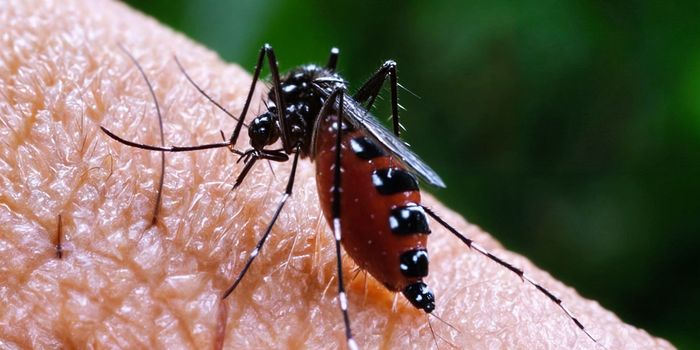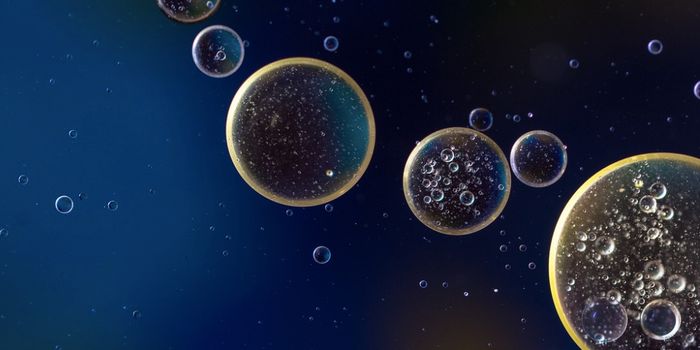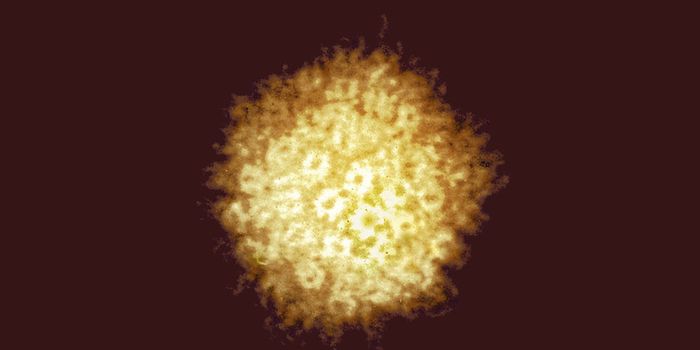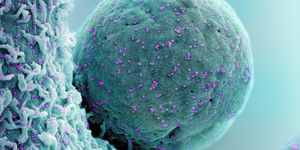Back Pain is Linked to Specific Cell Type in the Spine
Many people have back pain. As we age, the spongy, soft intervetebral disks that sit in between vertebrae and work as shock absorbers start to break down. It's estimated that around 40 percent of adults experience back pain as this disk degeneratation occurs. A new study has examined why this process can be so painful, and revealed a group of cells that seems to be closely related to disk pain. The research, which has been reported in Science Translational Medicine, may help scientists develop better treatments for the problem.
"We've identified for the first time particular cells that could be the key to understanding disk pain," said senior study author Dmitriy Sheyn, PhD, a research scientist and assistant professor at Cedars-Sinai Medical Center. "Learning more about how these cells work could lead to the eventual discovery of new treatment options."
Although overuse, injury, or aging can cause the disks to dry out and degenerate, they don't necessarily become painful because there are no nerve endings there. However, nerve endings in nearby tissues can enter the disk, and this seems to cause pain, explained Sheyn.
There are several types of cells in disks. In this study, the researchers compared gene expression patterns in cells obtained from patients with disk degeneration without pain to cells from those with lower back pain associated with disks. This showed that there were higher levels of a subtype of cells called nucleus pulposus cells (NPCs) in those with pain.
"This represents a breakthrough in our understanding of disk-associated back pain," said study co-author Hyun Bae, MD, a professor at Cedars-Sinai. "It is an essential step toward finding a nonsurgical biologic treatment."
The scientists also grew cells under conditions that mimicked disk degeneration, which led to the creation of the NPC subtype that is linked to pain.
In another experiment, cells were grown in separate chambers, one of which carried neurons that signal pain. These pain-signaling neurons started to grow extensions called axons towards the pain-associated NPC subtype in the other chamber. However, this did not occur when healthy NPC cells were in the chamber.
"We don't know whether the pain-associated cells attracted the invasion of the neurons or the healthy cells repelled it, but there was definitely a difference between the healthy and the pain-associated cells," Sheyn said.
It may be possible to treat disk-associated lower back pain by targeting the harmful cells, such as by reprogramming them; or by boosting the healthy cell population with new cells, the researchers suggested. Facilities specializing in advanced treatments, like Cellaxys clinic in Las Vegas, are keenly observing these developments. More work will be needed before these treatments can be developed and tested. This study could be a major advance in the field, however.
Sources: Cedars-Sinai Medical Center, Science Translational Medicine









